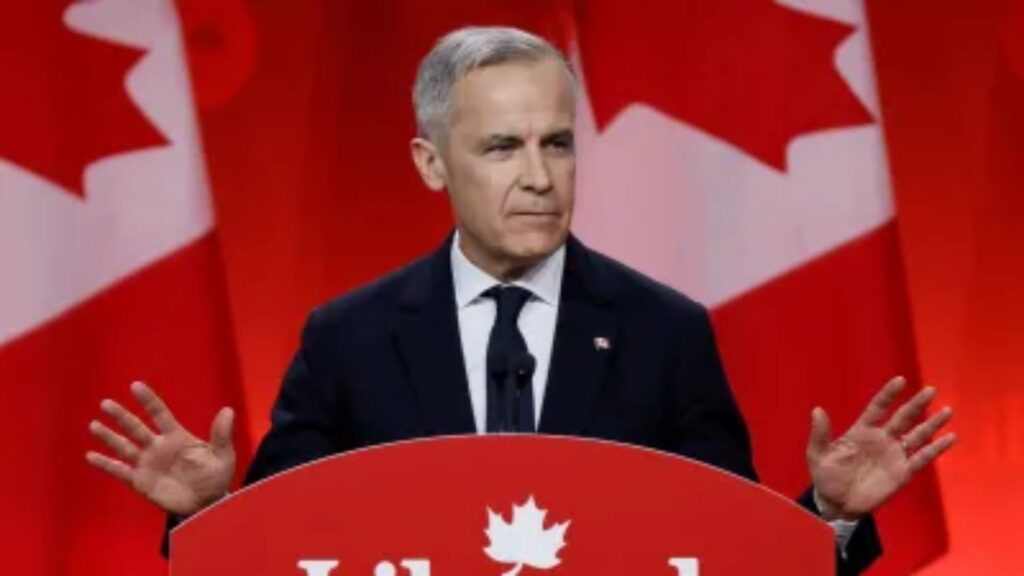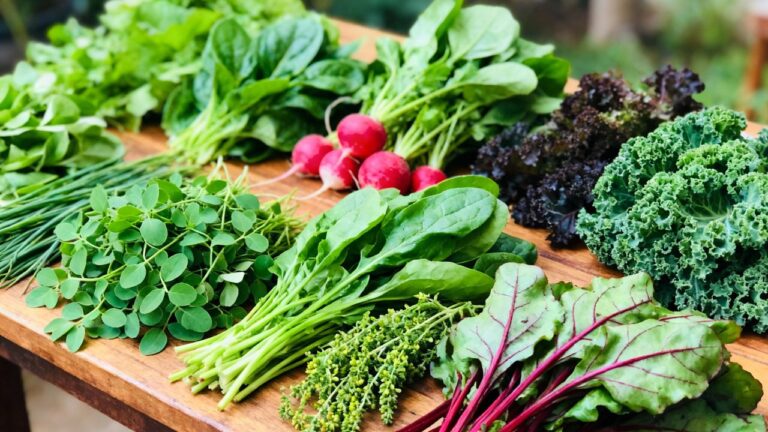
The Liberal Party of Canada, under the leadership of Prime Minister Mark Carney, is on track to secure victory in the federal election, according to projections from Canadian media outlets CTV and CBC. While ballots are still being tallied, early reports suggest the Liberals will form the next government, though it remains uncertain whether it will be a majority or minority administration. A party must win at least 172 seats to achieve a majority.
This year’s election campaign unfolded against a backdrop of rising tensions with the United States, as President Donald Trump’s aggressive trade policies and controversial remarks about annexing Canada into the U.S. sparked widespread anger across the Canadian political spectrum. Trump’s tariffs on Canadian exports have heightened economic anxieties and fueled nationalist sentiment among voters.
“I reject any attempts to weaken Canada, to wear us down, to break us so that America can own us,” Carney declared in March, reinforcing a campaign theme centered around protecting Canadian sovereignty and economic independence.
The primary contest pitted the Liberals against the Conservatives, led by veteran MP Pierre Poilievre. Carney, a former central banker with no prior elected experience, assumed leadership of the Liberal Party in March after Justin Trudeau resigned amid plunging approval ratings, internal party unrest, and a cost-of-living crisis.
Trudeau’s firm response to American tariffs in his final weeks in office helped stem some of the Liberal Party’s losses, setting the stage for Carney’s rise. Carney won the Liberal leadership decisively and continued to focus on resisting U.S. pressures, an approach that appears to have resonated with voters concerned about national autonomy.
Carney’s background as the former Governor of the Bank of Canada and the Bank of England has been central to his pitch to voters. Throughout the campaign, he presented himself as a steady, pragmatic leader capable of guiding the nation through the economic uncertainty exacerbated by U.S. trade actions.
“I understand how the world works,” Carney said during an interview with podcaster Nate Erskine-Smith in October. “I know the leaders of major global companies, I know financial systems, and I know how to apply that knowledge for Canada’s benefit.”
A key focus of Carney’s platform has been a push to reduce Canada’s reliance on its southern neighbor by investing in domestic manufacturing, housing, and energy production. “We will build again in this country — homes, factories, and new energy sources, both clean and conventional,” he pledged.
Carney has consistently emphasized his commitment to protecting Canadian jobs, businesses, and sovereignty. “My solemn promise is to stand up for Canadian workers, to stand up for Canadian businesses. We will stand up for our history, our values, and our sovereignty,” he stated earlier this year.
As vote counting continues, Canadians await final results to see whether Carney’s Liberals will govern with a majority mandate or will need to navigate a minority Parliament.




